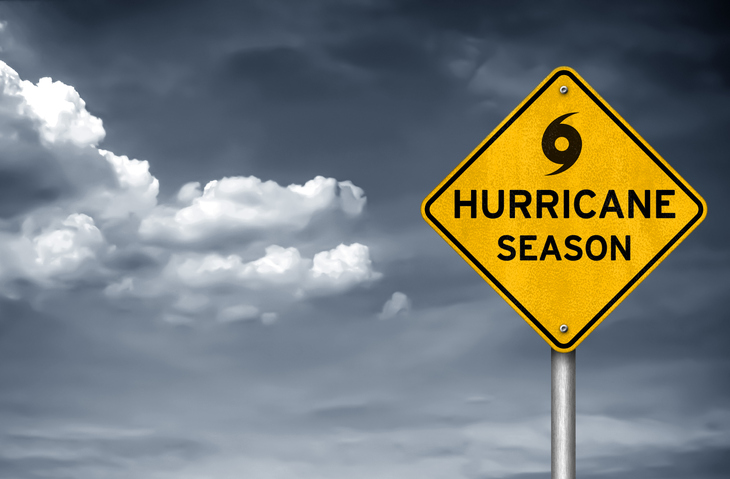
We all dream of a life on the coast, with waves lapping at the shore and sun grazing the rooftops. It is not without its risks, though. If you are living on the coast then you may be in an area where tropical storms are a seasonal occurrence.
Long-time residents know the drill at the onset of hurricane season. Below are some of the precautions they take to protect their home.
What you can do now
- Hurricane shutters
People living on the coast can install hurricane shutters to prevent flying debris from shattering their glass windows. Shutters come in a variety of styles and materials: Bermuda or Bahamas shutters are made of aluminum or wood; colonial or plantation shutters are crafted from MDF or medium density fiber, a combination of sawdust and glue that is resistant to warping. Other options include fabric storm panels that allow light to seep through, rolling shutters, and polycarbonate storm panels you need to secure with additional hardware. Some insurance companies offer discounted premiums if a home is protected by hurricane shutters.
- Impact-rated garage doors
A malfunctioning gate or garage door can allow strong winds to put pressure on a roofing system. An impact-rated garage door or shuttering can help protect a home from terrific wind speeds.
- Impact windows
Hurricanes Katrina and Ivan compelled insurance companies to push for the installation of impact windows to protect property from the dangers of flying debris. Impact windows are double the price of standard windows but the protection they provide is priceless.
What you should consider if you’re buying or building
If you’re in the process of building your home, or buying one, it would be wise to seriously look into the following hurricane-proof installations:
- Hurricane straps
The roof usually takes the most beating when high winds repeatedly slam at your home – shingles may loosen or worse, the roof may blow off completely. Hurricane straps can help prevent this from happening.
These are pieces of galvanized steel that builders use to secure walls to rafters. Builders can install hurricane straps during a retrofit, but the process can be invasive and expensive. Builders have to expose the beams and cut back the sheetrock after adding straps to the walls. Installing straps on a new building is easier and less costly.
- Concrete piling
Storm surges are one of the most damaging aspects of a hurricane. Surges happen when the winds of a storm push sea or ocean water to the shore. If you’re building a beachfront house, consider erecting it on top of concrete piling which will lift the structure above the surge and protect it from flooding.
In addition, concrete pilings also provide extra support for structures. In many cases, properties without concrete pilings have collapsed under strong winds, while those with the pilings have remained standing.
If you’re looking for a home in Florida that will keep you and your family protected at all times, contact me, Connie Cabral. My team and I will be happy to help you explore your options. Call 305-776-0899 or email Connie(at)ConnieCabral(dotted)com to get started.
 Connie Cabral Group
Connie Cabral Group
 Connie Cabral Group
Connie Cabral Group

Follow Us